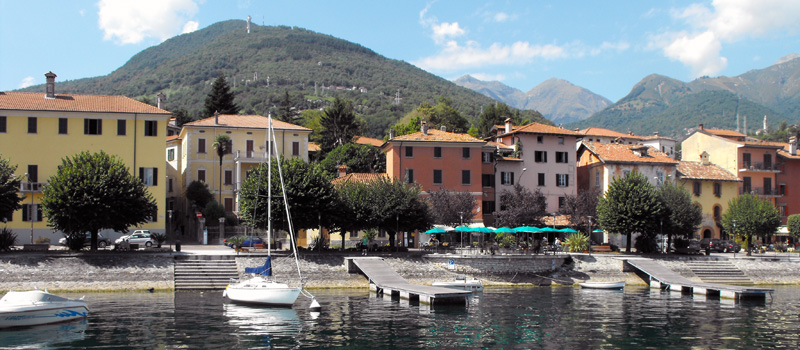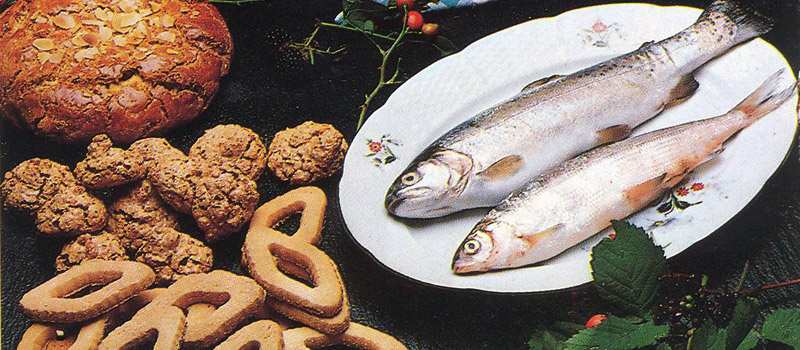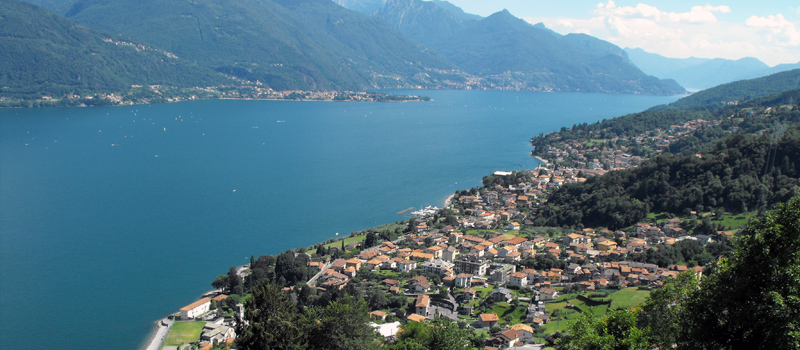
The Santuario della Madonna delle Lacrime and its contiguous Franciscan monastery, are in the town of Dongo, near the Albano torrent. The events leading to the construction of the church and the monastery began in the 16th century. On this land, among the vineyards and olive groves was a small votive shrine, which held a fresco of the Madonna with The Child, called the Madonna of the River. The miracle - the face of the Madonna began to shed tears – occurred in September of 1553, and the town’s church gathered the tears in a chalice. The shrine was expanded in a just few days, in order to protect the fresco, and from that point on, the inhabitants of Dongo called it the Madonna of Tears.
Between the 16th and 17th centuries the church was expanded with the addition of two side chapels, and painters Caresana and Gabasio realized frescoes inside. A few years later, in 1607 construction of the monastery for the Franciscan monks began. The monastery, strongly desired by the inhabitants of Dongo, was finished in 1619 thanks to the resources donated by the Domaso Benedictine monks, who had opposed the project. In 1627 the Bishop of Como, Lazzaro Carafino, consecrated the church, baptizing it Maria Nascente. In the years that followed, the building was enhanced with life-size sculptures, realized by Brother Diego Giurati and Brother Giovanni da Reggio.
Under the Austrian domination, and the later French domination, the monastery was abolished and the monks had to leave the land. In 1871 thanks to the interest of the Manzi family, the Franciscans returned to the monastery, in 1936 the last heir, Giuseppina Manzi donated the land to the Lombardy’s Order of Franciscans. Since the beginning of its construction, The Dongo Sanctuary has been a place of worship and pilgrimage, and for more than four centuries has been in the care of the Franciscans.

Garavedona is an important commercial and a summer vacation centre. Among the buildings stands out that which once belonged to the Cardinal Tolomeo Gallio, called the palace of the four towers, designed by Pellegrini in 1500s.
Gravedona
Dried Shad (Agone), called Missoltini or Missultin, were at one time a precious food for inhabitants of Lake Como, the particular processing allowed them to be conserved for more than a year, excellent traditional Lake Como cuisine.
Lario Cuisine
Musso is a town rich with history: in the thirteenth century the area was the feud of Malacrida family, allies to the Duchy of Milan. In 1522, Gian Giacomo Medici, called the Medeghino, stormed the castle and enlarged the fortifications.
Musso